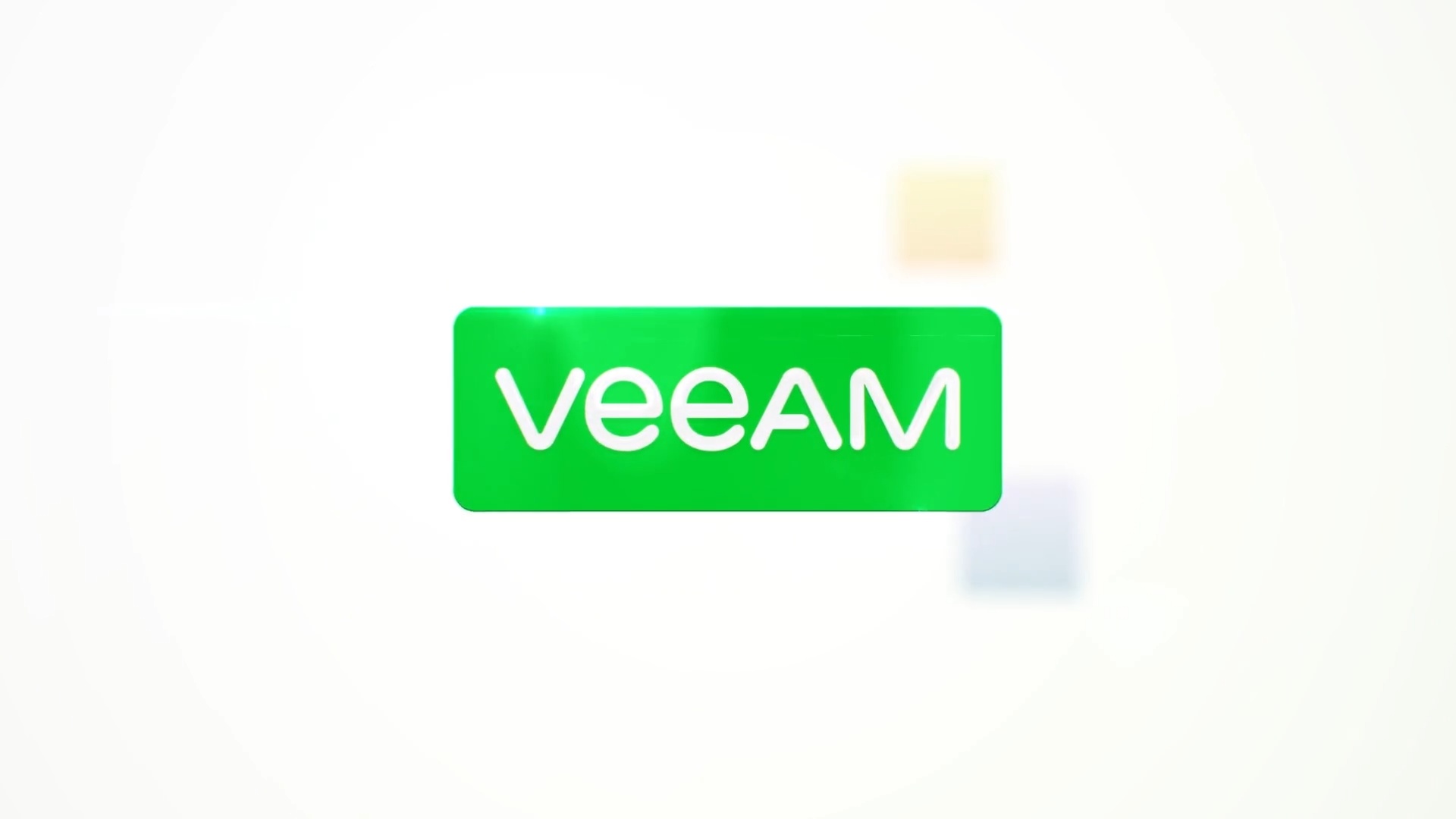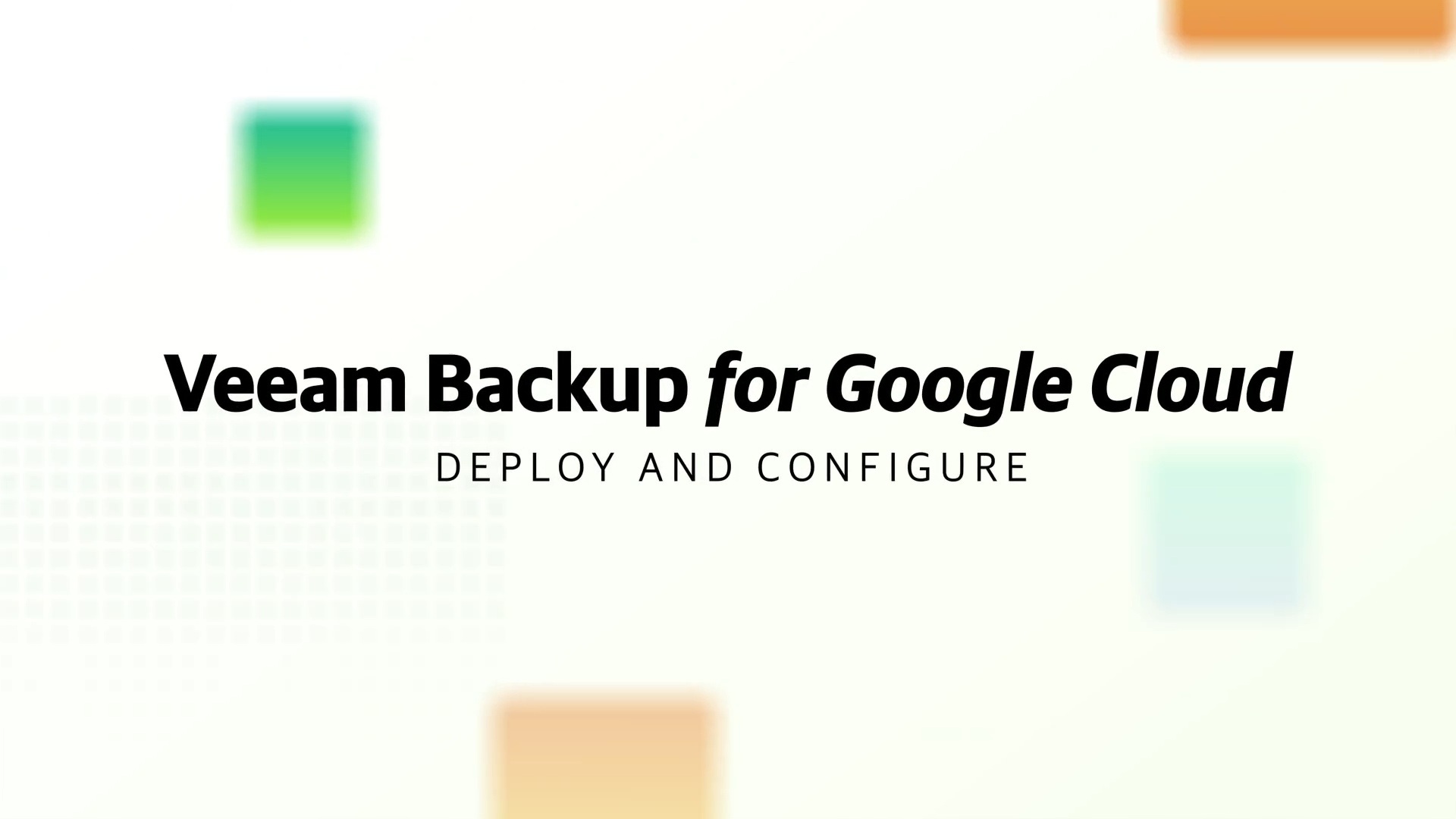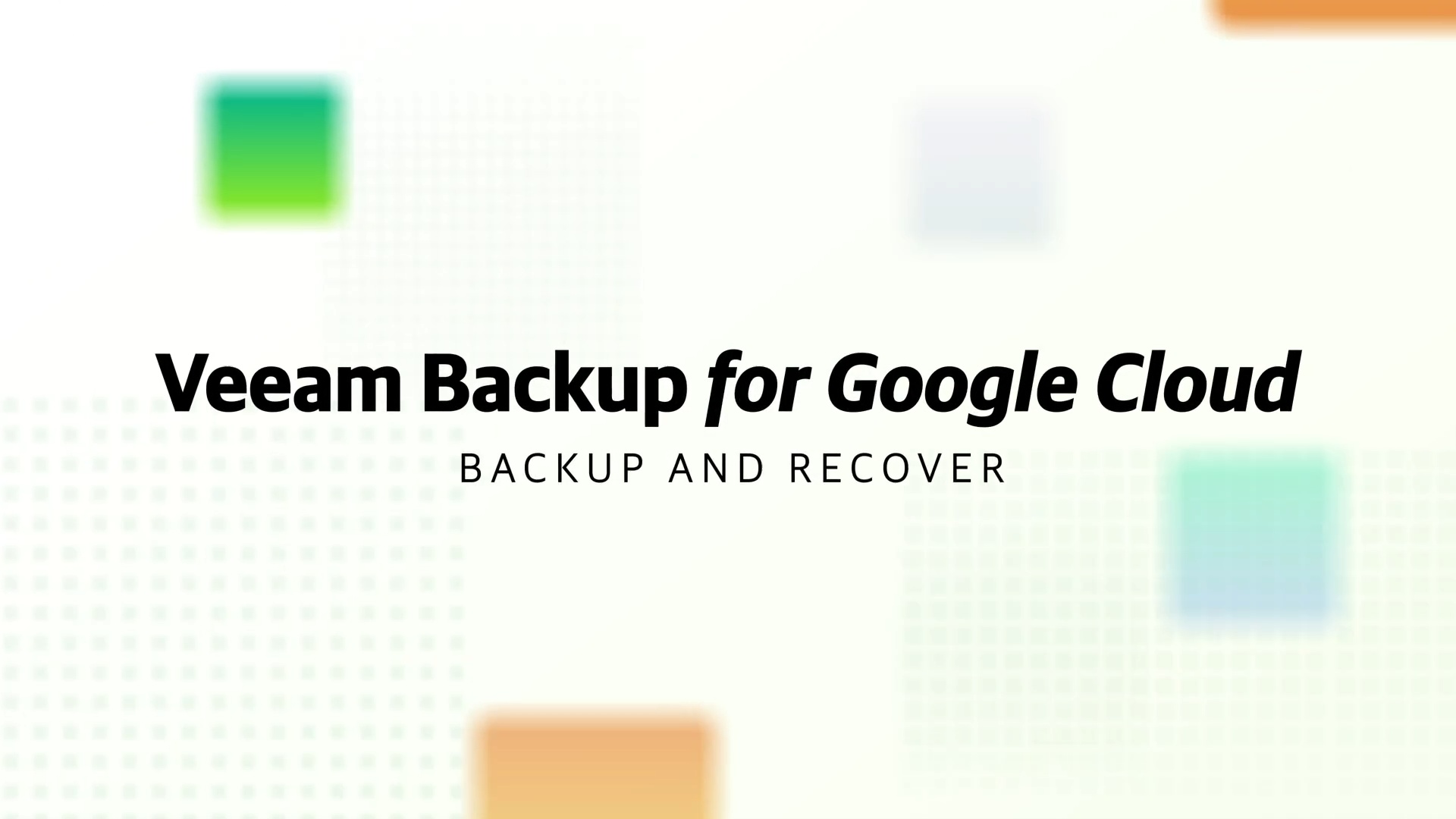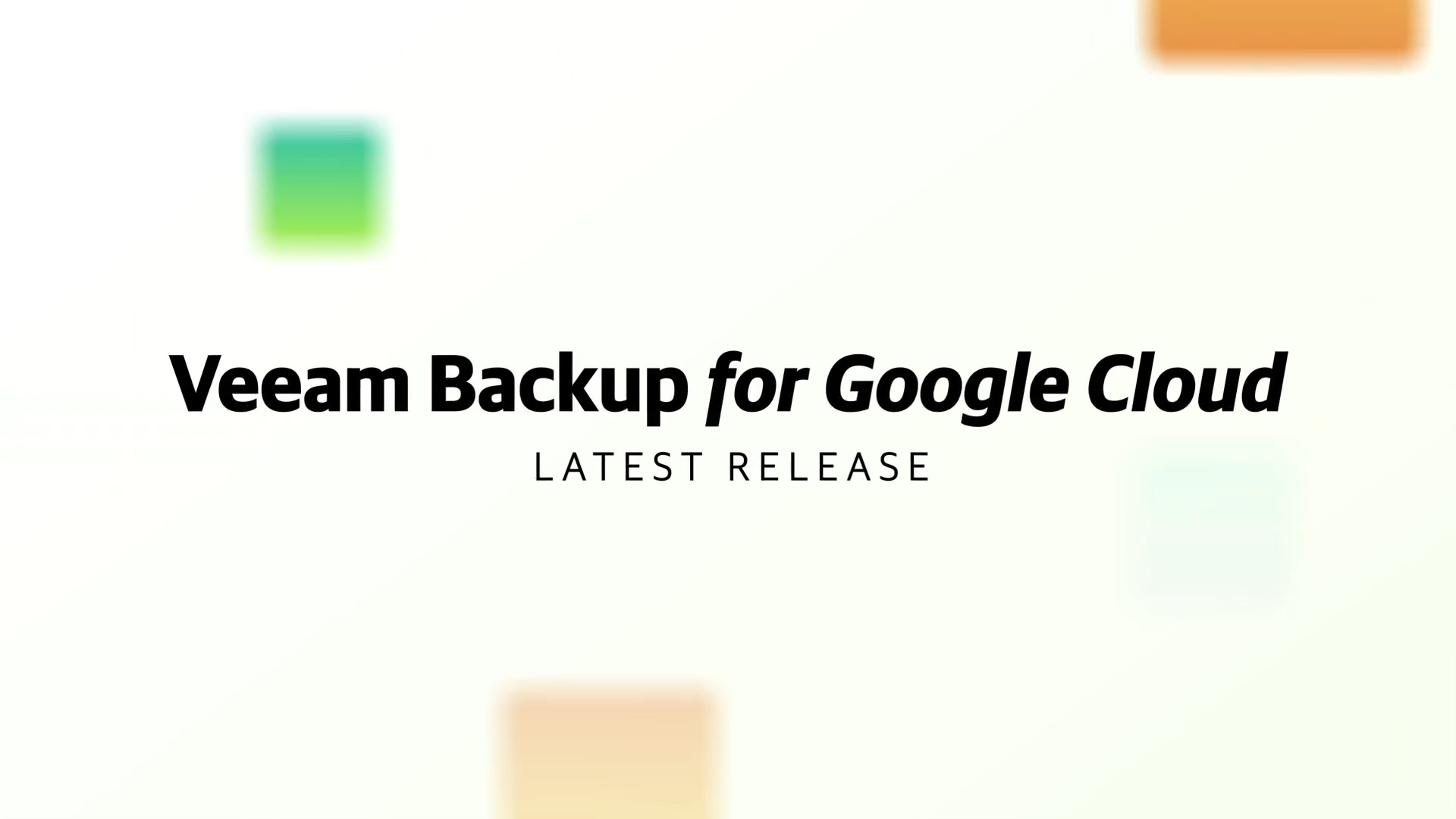- Veeam Data Platform
- Google Cloud Backup & Recovery
Google Backup & Recovery
Comprehensive, agentless protection for Google Cloud data
- Secure backup goes beyond basic snapshots
- Cost efficiency without limiting protection
- 5X faster recovery, for optimized RTOs
- Google Cloud Backup and Recovery
- Benefits
- Capabilities
- How It Works
- Packaging Options
- BaaS Offerings
- Resources
Automated and Secure Google Cloud Backup and Recovery
Relentless Security
Secure access and management of data to overcome ransomware and other cyberthreats.
Fast, Reliable Recovery
Powerful recovery options that keep businesses productive with near-zero recovery time objectives (RTOs).
Zero Compromise
Zero-fuss backup that meets service level agreements (SLAs) and budgetary requirements across the hybrid cloud.
Key Features of Veeam Backup for Google Cloud
Logically Air-Gapped
Logical separation of backup data from production accounts.
Secure Access
Least-privilege IAM and role-based access controls (RBAC).
Encrypted
Data integrity through AES 256-bit encryption.
Recover Anywhere
Cross-project, region and platform* restore.
Full- and File-Level
Full instance or granular recovery, in-place or as new.
Simplified Recovery
Wizard-driven, automated and self-service workflows.
Policy-Based
Automated detection and protection with native backups .
Cost-Optimized
Backup lifecycling to object storage with cost calculations.
Hybrid Ready
Operationally consistent management across the hybrid and multi cloud*.
Amping Up Security, Recovery and Workload Coverage
Google Cloud Spanner backup
Enhanced file-level recovery
Granular IAM roles
Learn How Veeam Backs Up Google
Google Services We Cover
Embrace Data Portability



Veeam Data Platform
Veeam Data Platform with Backup for Google Cloud is flexibly packaged and priced for any environment. Available in three comprehensive enterprise-grade editions, discover what our customers already know – protecting your Google Cloud data isn't only a priority; it's our commitment.
| Veeam Backup for Google Cloud |
Veeam Backup & Replication |
|
| A standalone solution to back up and recover Google workloads only within Google. | #1 backup and recovery for unified hybrid-/multi-cloud data protection and management | |
| Google Cloud backup and recovery | ||
| Cloud cost control | ||
| Security and compliance | ||
| Unlimited data portability | ||
| Hybrid-/multi-cloud management |
Unify Google Backup and Recovery With Your Other Workloads
Veeam Data Platform
Reliable, flexible protection with GenAI insights for your hybrid/multi-cloud and physical data estate in one secure solution.
Backup as a Service for Google Cloud
END USERS
Do you need help with Google Cloud backup?
Our global network of service providers delivers Veeam-powered BaaS offerings for your Google Cloud data. Now you can leave protection duties to the experts and get back to focusing on your business (or take an extra-long lunch — we won’t judge)!
SERVICE PROVIDERS
Google Cloud BaaS for service providers
With Veeam, you gain a true partner in helping you build a revenue-generating, Veeam-powered Google Cloud BaaS offering for your customers. Plus, it’s free to join the Veeam Cloud & Service Provider (VCSP) program! Unlock exclusive products, pricing and partner perks that are uniquely designed for your services business.
Check Out What Our Customers Are Saying on TrustRadius
PodiumInformation Technology & Services, 1001-5000 employees
OCESAEntertainment, 1001-5000 employees
Stay Up to Date With Google Cloud Trends

Google Cloud and Veeam: Protect and Manage Data to Drive Business Growth
Google Cloud and Veeam provide answers to the top five questions about making data protection manageable, cost effective, and future proof.
Why Back Up Google Cloud Data
You could be putting your Google Cloud data at risk! Learn how to avoid exposing your critical data.
Demo: Google Cloud Backup and Recovery
Watch this recorded demo to learn about NEW Veeam Backup for Google Cloud.
FAQs
What is Veeam Backup for Google Cloud?
Why choose Veeam's Google Cloud Backup?
How secure is Veeam Backup for Google Cloud?
How does Veeam Backup for Google Cloud outpace competitors with its 5X Faster Recovery?
Does Veeam Backup for Google Cloud support Hybrid Clouds?
What makes Veeam's Google Cloud Backup unique with Full Instance and Granular Recovery?
What are the Cost-Optimization Features?
What are the innovative features in Veeam Backup for Google Cloud that make data recovery a hassle-free process?
How does Veeam Backup for Google Cloud ensure Reliable Protection?
How can I integrate Veeam Backup for Google Cloud with other Veeam products?
Radical Resilience is Our Difference
hybrid cloud and the confidence you need for long-term success.
Request Custom Demo
Oops! Something went wrong.
Please, try again later.
Contact us
Oops! Something went wrong.
Please, try again later.



